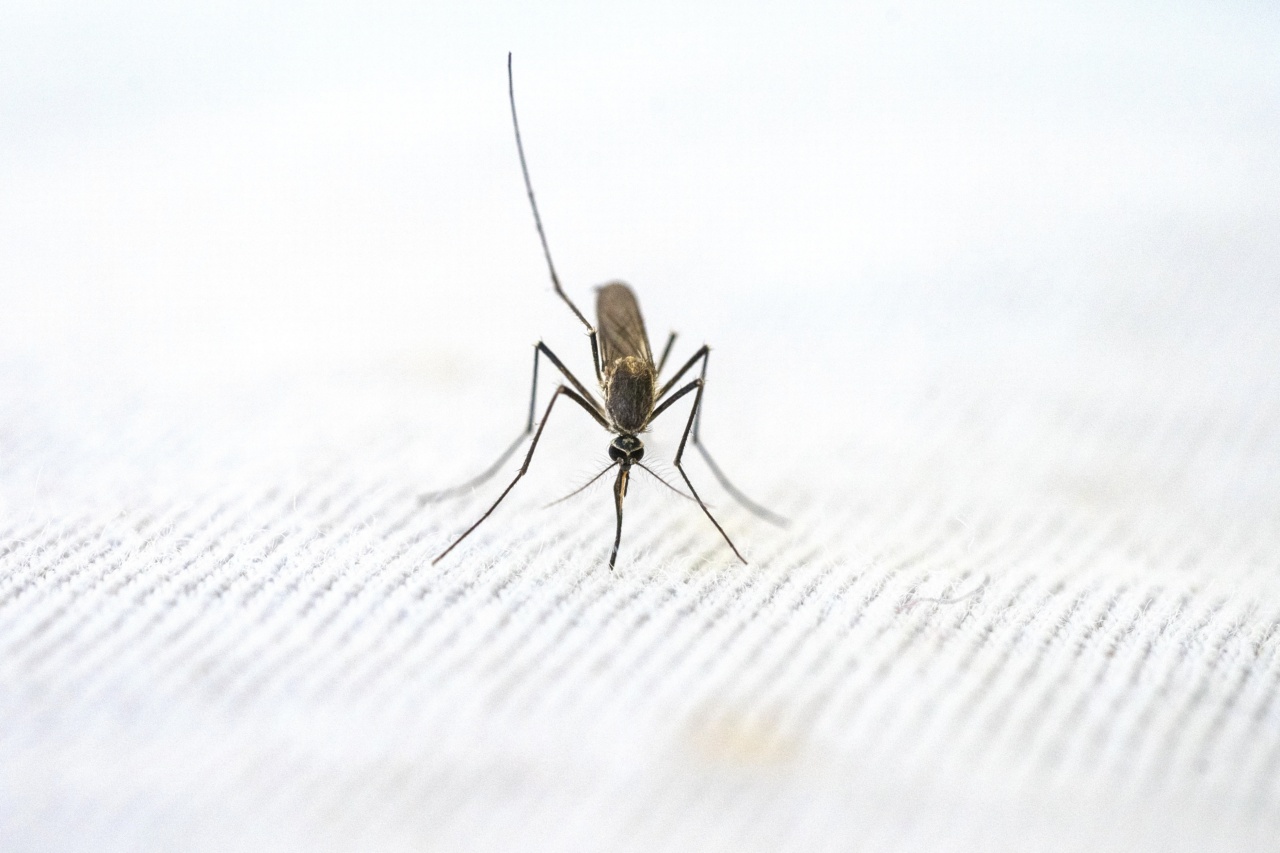Malaria, a deadly disease caused by the parasite Plasmodium, affects millions of people every year. Mosquitoes are the primary vectors responsible for transmitting malaria to humans.
Efforts to control the spread of malaria have included the use of insecticide-treated bed nets, insecticides to kill mosquitoes, and preventive antimalarial drugs. While these approaches have had some success in reducing the burden of malaria, scientists are now exploring a revolutionary new approach – genetically modifying mosquitoes to prevent the transmission of malaria.
The Role of Mosquitoes in Malaria Transmission
Mosquitoes play a crucial role in the transmission cycle of malaria. When a mosquito bites a person infected with the Plasmodium parasite, it ingests the parasite along with the blood.
Inside the mosquito, the parasite undergoes a complex series of changes, eventually multiplying and moving to the mosquito’s salivary glands. When the infected mosquito bites another person, it injects the parasite into their bloodstream, leading to the development of malaria.
Genetic Modification: A Promising Solution
Genetic modification involves altering an organism’s DNA to induce specific desired traits. In the case of malaria prevention, scientists are focusing on modifying mosquito populations to interrupt the cycle of Plasmodium transmission.
There are two primary strategies being pursued:.
1. Gene Editing to Make Mosquitoes Resistant to Malaria
Scientists are using advanced gene-editing techniques like CRISPR-Cas9 to target specific genes in mosquitoes and modify them to make the mosquitoes resistant to the Plasmodium parasite.
Researchers have identified genes that play a crucial role in the parasite’s development within mosquitoes. By modifying these genes, scientists believe they can prevent the parasite from successfully growing and reproducing within the mosquito, ultimately disrupting the cycle of transmission.
2. Introducing Sterile Mosquitoes into the Population
Another approach involves genetically engineering sterile mosquitoes and releasing them into mosquito populations. These modified mosquitoes are unable to reproduce effectively, leading to a decline in the overall mosquito population over time.
As fewer mosquitoes are available to transmit the parasite, the risk of malaria transmission decreases.
Benefits and Challenges of Genetically Modified Mosquitoes
The use of genetically modified mosquitoes to prevent malaria transmission offers several potential benefits:.
1. Environmental Sustainability
Compared to traditional methods of malaria control such as insecticides, genetically modified mosquitoes pose fewer risks to the environment. Insecticides can harm beneficial insects and pollinators, affecting the delicate balance of ecosystems.
By targeting only the mosquito population and the specific genes involved in malaria transmission, genetic modification minimizes ecological disruption.
2. Long-Term Effectiveness
While bed nets and insecticides are effective in the short term, mosquitoes can develop resistance to insecticides, and people may become complacent about using bed nets consistently.
Genetically modified mosquitoes, on the other hand, offer a sustainable long-term solution. Once released into the wild, they can continually reduce the mosquito population, preventing malaria transmission for generations.
3. Potential for Targeted Control
Genetic modification allows scientists to target specific mosquito species that are primarily responsible for transmitting malaria.
This targeted approach can help allocate resources more effectively by focusing interventions on the most significant sources of transmission.
While genetically modified mosquitoes hold significant promise, there are also several challenges that need to be addressed:.
1. Regulatory Approval
Before genetically modified mosquitoes can be widely implemented, they need to undergo rigorous testing and gain regulatory approval.
Safety and ethical concerns need to be addressed to ensure that the modified mosquitoes do not inadvertently harm humans or the environment.
2. Public Acceptance and Engagement
Societal acceptance and engagement are vital for the success of this approach. Public opinion and understanding of genetic modification can impact the willingness to adopt and support these technologies.
Effectively communicating the benefits and addressing concerns is crucial to gain public trust and support.
3. Potential Resistance
While genetically modified mosquitoes offer a new way to combat malaria, there is a possibility that the Plasmodium parasite could evolve and develop ways to overcome the genetic modifications.
Continuous surveillance and monitoring will be necessary to detect any emerging resistance and adapt the genetic modifications accordingly.
The Future of Malaria Prevention
Malaria continues to be a significant global health problem, particularly in regions with limited resources. Genetic modification of mosquitoes represents a promising avenue for malaria prevention.
Research and development efforts are ongoing to enhance the efficacy and safety of genetically modified mosquitoes.
Conclusion
Malaria remains a pressing concern worldwide, and existing interventions have limitations. Genetically modified mosquitoes offer a revolutionary approach to prevent the transmission of malaria.
By genetically modifying mosquitoes to be resistant to the Plasmodium parasite or introducing sterile mosquitoes into the population, scientists aim to disrupt the cycle of malaria transmission. While challenges exist, ongoing research and public engagement will be critical in harnessing the full potential of this innovative solution.



























